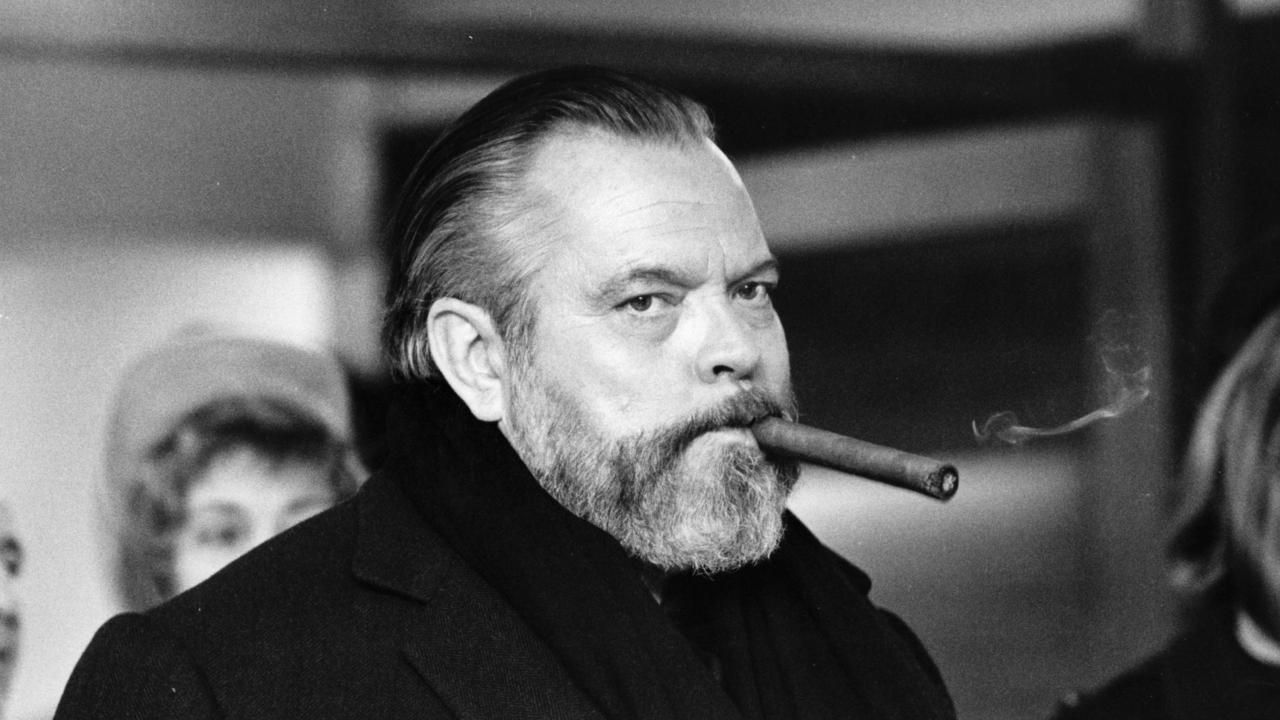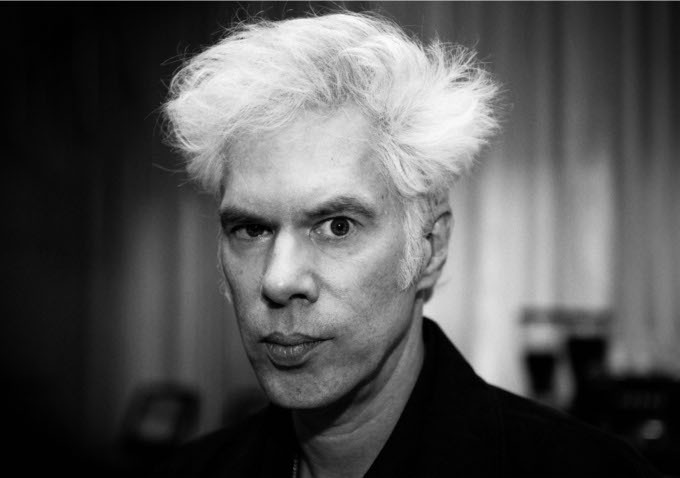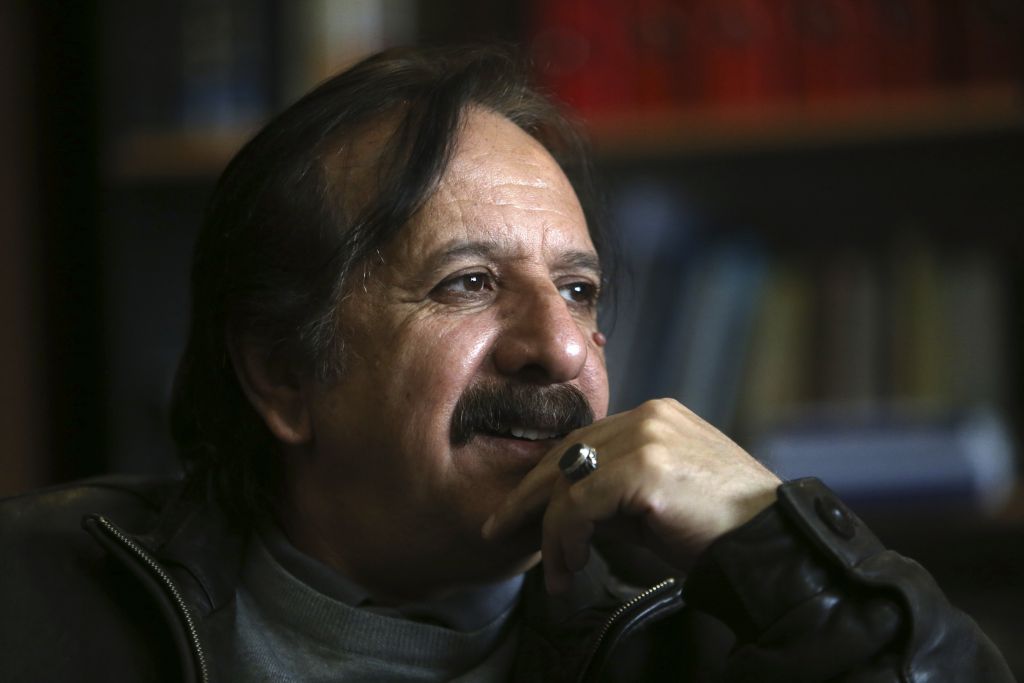What if a person can be introduced as a successful magician, a bullfighter with a short stint in the bullring, or one of the most popular radio actors in the 30s and 4s? When he made Citizen Kane in 1941, legendary director Orson Welles was all of this and much more. Welles, who is considered as the most celebrated director of all time by some critics, led an eventful and cinematic life inside and outside the cinema. He started his life in cinema at the age of 25 and the rest is an important part of Hollywood history.
He shifted his concentration into the cinema after making his mark in the radio as an actor and gathered considerable fan following for his baritone voice. The legend goes like this, when he was narrating the 1938 radio adaptation of H G Wells’ novel, The War of the Worlds as a part of his radio anthology series The Mercury Theatre, the listeners took it for a real emergency radio announcement against an alien invasion and the news spread like wildfire, creating panic.
“A Pessimist, A Philosopher, And A Poet,” A Wong Kar Wai Round-Up
In this interesting and spicy conversation, Welles talks about everything under the sun except his movies, because he hated to talk about them. But, the flashes of references uncover a multitude of a man, who was fondly and enviously called “the quadruple threat” in the 40s, because of his versatility with the four traits, acting, directing, producing, and writing.
Welles’s provocative and tensed engagement with the imposing Hollywood studio system began with his debut feature, Citizen Kane in 1941. The movie became a milestone in the history of cinema, with far reaching influences on film noir movies in the 40s. Some critics even wrote that modern cinema really began with Citizen Kane. The movie has topped almost all the polls to find the best movie ever made and keeps influencing filmmakers from all over the world for its stunning, atmospheric noir style.
The Cloud Capped Star, Glimpses Of Ritwik Ghatak’s Cinema
Welles insisted his cinematographer, Gregg Toland, to use deep focus shots that highlight the foreground and background alike. He was also obsessed with unusual camera angles, innovative sound techniques he developed in radio and haunting long takes. He even used longer takes more than five minutes long, that reframing continuously to make feel the viewers the dynamics of the scene. Welles was an actor’s director and distinguished them neither man nor woman, but a third sex. He categorized those performances as true, which reference to, reflect or exhaust the essential commonly held ideals of a culture.
Most of his movies were brutally edited or not released because of the disagreements between Welles and the producers. Eventually, he joined the avant-garde, independent league of Maya Darren and Kenneth anger because of his turbulent engagements with the studio system and subsequent bankruptcy. No other filmmaker in world cinema had pushed the boundaries of the medium wider like Welles and it’s a revelation to listen to the filmmaking giant talks.
Written By: Ragesh Dipu
Photo by Central Press/Getty Images




